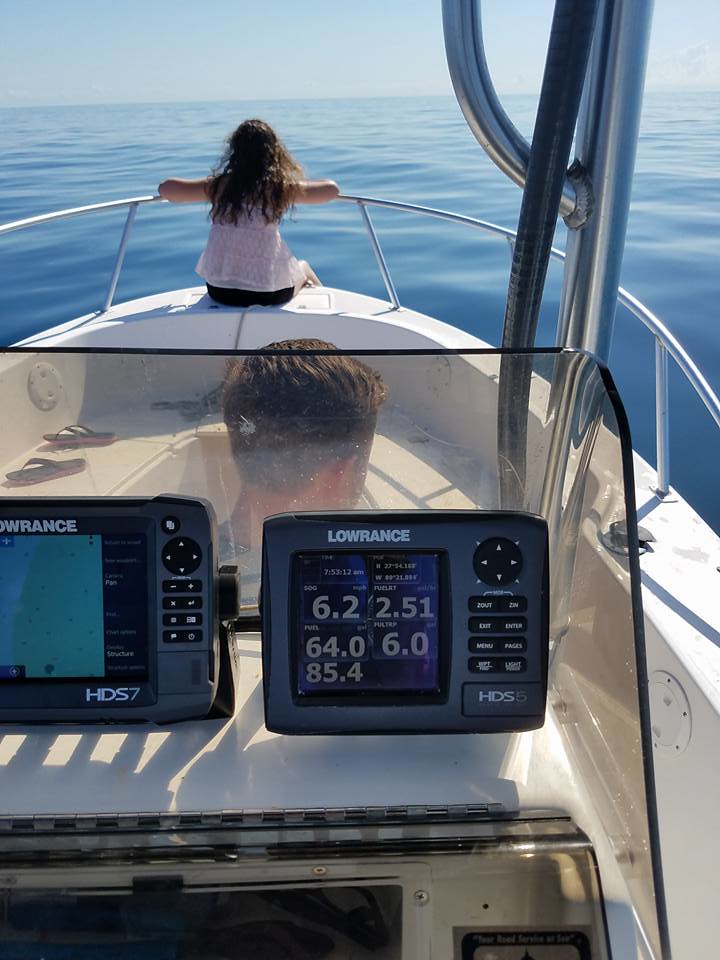Here's one for y'all intellectuals to mull over:
RPMs are directly proportional to increasing the throttle, and fuel economy has a disproportional response to the same increase in throttle. On plane at a steady 2500 rpms, you increase throttle to hold steady at 3000 rpms. The result is you reduced fuel economy.
Here's my question:
On plane at a steady 3500 rpms, you increase your bow angle. What results is less drag and a corresponding increase in rpms. You did not increase throttle, yet you increased rpms. What fuel economy response do you expect?
Does fuel economy remain consistent with the throttle position at 3500 rpms?
Does fuel economy increase because of less load?
Does fuel economy decrease because rpms increased?
RPMs are directly proportional to increasing the throttle, and fuel economy has a disproportional response to the same increase in throttle. On plane at a steady 2500 rpms, you increase throttle to hold steady at 3000 rpms. The result is you reduced fuel economy.
Here's my question:
On plane at a steady 3500 rpms, you increase your bow angle. What results is less drag and a corresponding increase in rpms. You did not increase throttle, yet you increased rpms. What fuel economy response do you expect?
Does fuel economy remain consistent with the throttle position at 3500 rpms?
Does fuel economy increase because of less load?
Does fuel economy decrease because rpms increased?




Comment